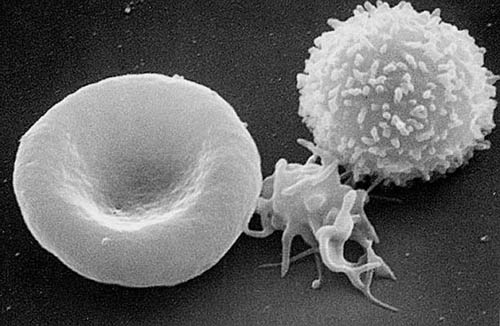The institute's scientists have developed a new method for transplanting pre-prepared immune cells, which originate from foreign donors

The immune system has many weapons with which it fights cancer, but of course, no one can beat all systems. Sometimes, unfortunately, the winner is actually the cancerous tumor. One of the attempts to strengthen the immune defense system against cancer is based on transplanting immune cells specially engineered for this purpose. In this treatment, which is currently being tested in preliminary clinical trials, the patient is injected with immune cells taken from his own body. For this purpose, immune cells must be removed from the patient's body, grown in the laboratory - and returned to the body. This is a long, complex and very expensive process, which sometimes cannot be carried out at all, for various technical reasons.
To deal with this difficulty, Weizmann Institute scientists developed a new method for transplanting immune cells. This method, developed by Prof. Zelig Ashchar, research student Asaf Markhos and laboratory technician Tova Vex in the Department of Immunology at the Weizmann Institute of Science, was recently described in the scientific-medical journal Blood. It is based on the use of T cells prepared in advance, which originate from foreign donors, and not on the patient's own cells. T cells are killer cells that are the "heavy weapon" of the immune system. They recognize their enemies using receptors displayed on their surface, and bind to the enemy's cells. Changing the structures of the receptors, for example through genetic engineering techniques, may point the "weapon" at different enemies, including, of course, different cancerous tumors.
In the process of developing the new method, the scientists suppressed the mice's immune system using relatively mild radiation, in combination with other drugs. In this way, they were able to prevent for a limited time the rejection of the foreign lethal cells from the recipient's body and partially inhibit their activity against the body in which they were transplanted. This treatment did not prevent the engineered cells from attacking the tumor. Thus, while the rejection of the T cells is inhibited, they are sufficient to eliminate the cancerous tumor.
If this method does work successfully in humans, it may be a cheap and relatively simple treatment for transplanting immune cells that will damage different types of cancerous tumors. Such treatment will be based on a ready pool of T cells equipped with receptors that will allow them to focus on different types of cancer.
